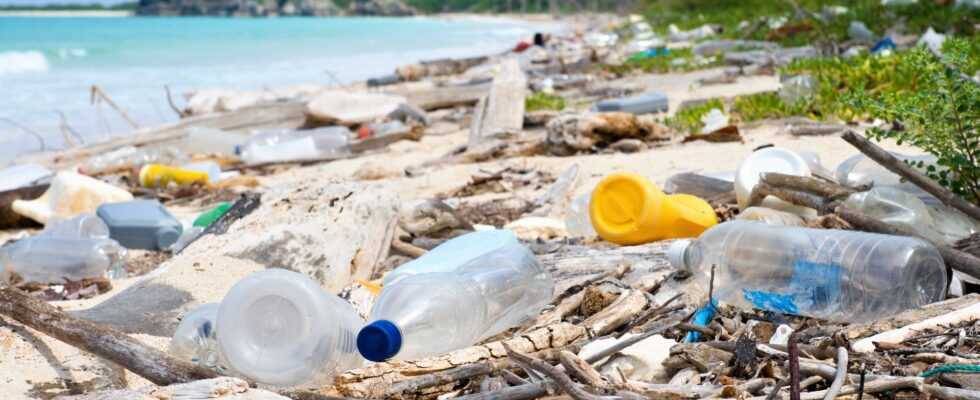The rate at which new man-made substances are entering the environment is threatening the habitability of the Earth. This is the conclusion reached by a working group led by Linn Persson from the Stockholm Environment Institute in the journal »Environmental Science & Technology«. The background is the concept of “planetary boundaries” formulated in 2009, which, if exceeded, would make the earth uninhabitable in the long term. One of these limits is how many new and previously unknown artificial compounds are entering ecosystems – these can affect ecosystems and biodiversity in different ways. According to the team, the number and quantity of artificial substances already exceeds the limit at which the consequences of this contamination can be assessed or even controlled.
About 350,000 artificial substances are currently available; production of such chemicals has increased about 50-fold in the decades since 1950. The range of these chemicals in particular is growing faster than ever before. Some of these released substances are toxic, others, such as antibiotics or hormone-like substances in wastewater, have undesirable effects on the environment, and still others are virtually indestructible and unstoppably accumulate in the environment – for example the fluorine-containing PFAS. Only a small fraction is known about the effects they have on organisms and ecosystems.
Although man-made chemical pollution was identified as one of the planetary boundaries as early as 2009, until now, where humanity stands relative to that boundary has simply been unknown. While there are many examples of impressive chemical pollution, such as microplastics that are now literally everywhere, or industrial chemicals that can be found in everyone’s blood. But it is absolutely not clear how serious the damage really is and whether it all adds up to an existential problem.
In fact, there is no simple measure of this – the actual threat posed by all of these substances is unknown. After all, the core problem is that there are a great many unknown substances with unknown effects. That’s why Persson’s team opted for a quasi-statistical approach: If you can’t monitor, examine and, if necessary, keep the artificial substances and their effects under control, then one of them will eventually become an existential threat if you just produce enough. And that, according to the working group, is the current situation.
